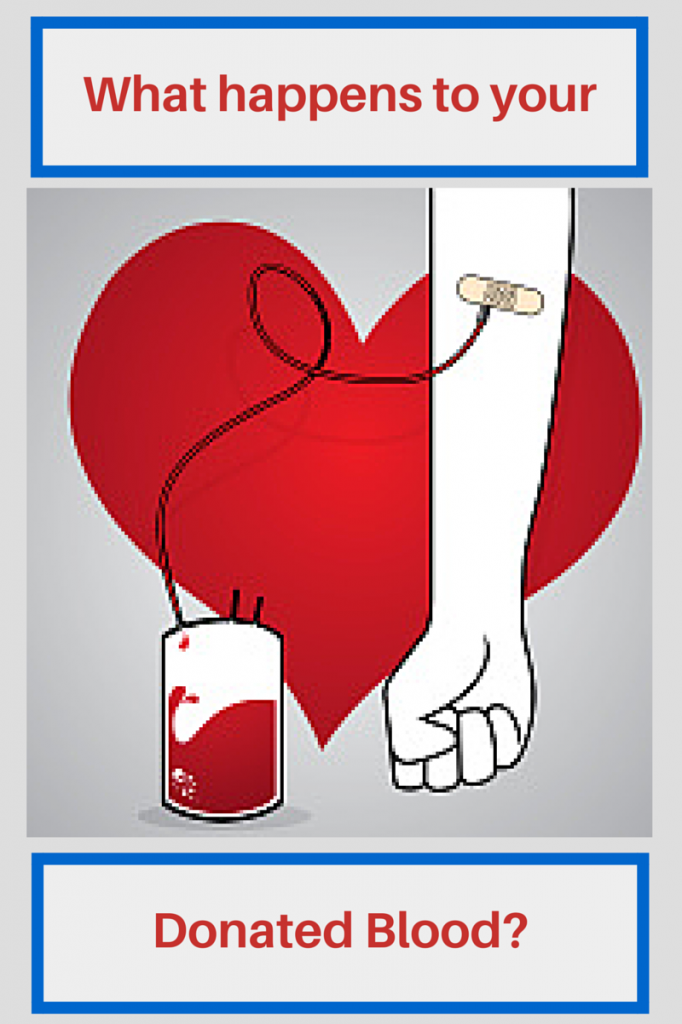
We’ve heard time and time again that giving blood saves lives. It’s simple, right? Giving blood is a way you can help people, and it doesn’t cost you any money, nor does it take too much of your time. But what happens to the blood after you donate it?
Essentially, the process by which donated blood gets to the people who need it involves five steps.
No. 1: Donating blood
- The person giving blood, or the donor, registers.
- The donor gives his or her health history and completes a mini physical exam.
- Medical professionals take about one pint of blood and multiple small test tubes of blood from the donor.
- The person who takes the blood labels the blood bag, test tubes and the donor record with an identical bar code to keep track of the donation.
- The blood given by donors is placed in coolers until it is taken to a blood center.
No. 2: Processing blood
- The blood you gave is scanned into a computer database
- Most blood is separated into three parts – red cells, platelets and plasma – all the separate components are transfusable.
- Sometimes, plasma can be broken down even further into something called cryoprecipitate, which is something that forms from blood in really low temperatures.
- Red cells undergo leukoreduction, which means they are separated from white blood cells.
- The blood platelets also undergo leukoreduction, as well as testing for bacteria.
- All the test tubes they collected from you are sent to a lab for more tests.
No. 3: Testing the Blood
No. 4: Storing the Blood
No. 5: Shipping the Blood
Now that you know the process by which donated blood saves lives, why not schedule your appointment and help save a life today? |
